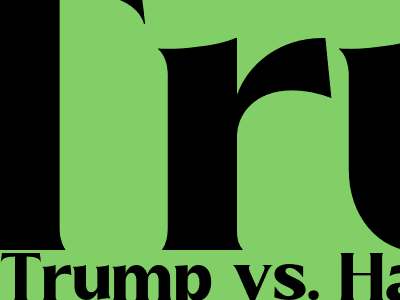
Trump vs. Harris: From Gender to Intersectionality
The Gender Gap Narrows
The gender gap in American politics has narrowed significantly in recent years. In the 2016 presidential election, Hillary Clinton became the first woman to win the popular vote in a major party nomination. And in the 2018 midterm elections, a record number of women were elected to Congress.
Harris's Intersectionality Appeal
Kamala Harris's candidacy has the potential to further narrow the gender gap. Harris is the first woman of color to be nominated for vice president by a major party. Her intersectional identity—she is a woman, black, and South Asian—allows her to appeal to a wide range of voters.
Trump's Gendered Rhetoric
In contrast, Trump's rhetoric has often been gendered. He has made sexist comments about women, and he has been accused of sexual assault. His policies have also been seen as harmful to women, such as his support for overturning Roe v. Wade.
The Intersection of Gender and Race
The intersection of gender and race is a complex one. Women of color face unique challenges that are not faced by white women or men of color. They are more likely to experience poverty, violence, and discrimination.
Harris's Agenda for Women of Color
Harris has made it a priority to address the needs of women of color. She has proposed a number of policies that would benefit women of color, such as expanding access to affordable childcare and paid family leave.
The Future of Gender in Politics
The future of gender in politics is uncertain. But the candidacies of Harris and Trump represent a significant moment in American history. Their campaigns are a reflection of the changing demographics of the United States and the growing awareness of the importance of intersectionality.